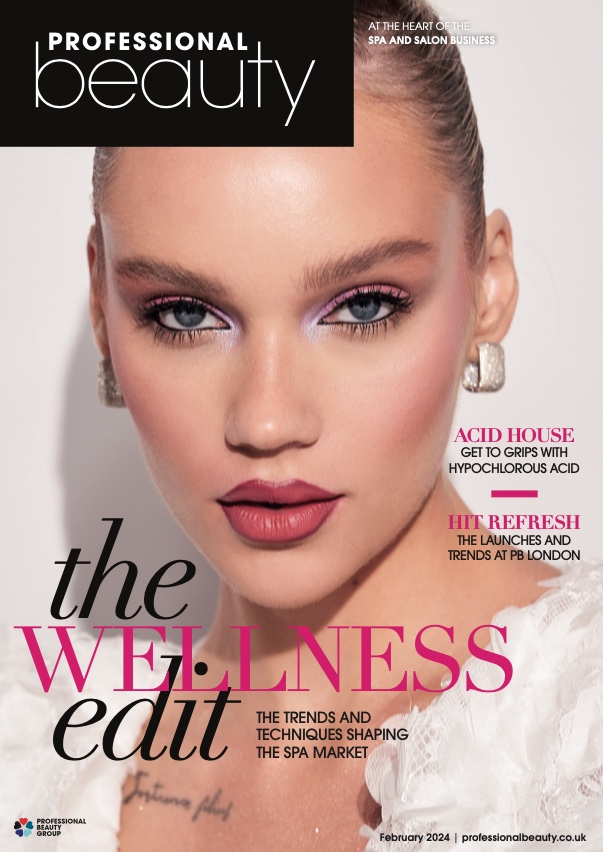Influencers and celebrity culture
Influencers and celebrity culture: blog tasks
1) How has YouTube "democratised media creativity"?
YouTube has opened up media production to ordinary users who can now upload and share their own content. These users are often called ‘produsers’ or ‘prosumers’. Unlike traditional media, content on YouTube is published before being judged by audiences.
2) How does YouTube and social media culture act as a form of cultural imperialism or 'Americanisation'?
Many leading influencers are American, partly due to the global reach of the English language. However, this dominance allows U.S. creators to promote their lifestyles, ideologies, and cultural values to international audiences, spreading Western norms and attitudes across global digital platforms.
3) How do influencers reinforce capitalist ideologies?
Influencers promote consumerism by subtly advertising products through endorsements, sponsorships, or product placements. Their content often encourages audiences to purchase items without realising they are being marketed to, turning entertainment into a form of commercial promotion that supports capitalist values.
4) How can YouTube and social media celebrity content be read as postmodern, an example of hyperreality?
Social media influencers often construct an idealised version of themselves online, presenting a ‘real’ or ‘authentic’ image that is actually carefully created. This blurs the line between reality and representation as audiences engage with authenticity.
5) What are the arguments for and against regulating online content such as YouTube?
FOR:
-
Protects young users
-
Prevents harmful imitation of dangerous or negative behaviour
Reduces the exposure to extremist content online.
AGAINST:
-
Could threaten freedom of speech and expression that social media enables.
-
Raises concerns about who has the authority to decide what should or shouldn’t be regulated.
6) How can Hesmondhalgh and Curran & Seaton's ideas be linked to online media debates?
Celebrity vloggers often act as promotional tools for brands, advertisers, and corporate sponsors. This reflects Hesmondhalgh’s and Curran & Seaton’s views that cultural industries are largely driven by profit and controlled by corporate interests rather than by creative or democratic aims.
7) How can Gauntlett's ideas around identity and audience be applied to YouTube and influencer content?
Gauntlett argues that online media allows individuals to experiment with multiple forms of identity. Platforms like YouTube enable users to express different versions of themselves, showing how identity is not fixed but fluid and continually shaped by digital interaction and creativity.
8) What is YOUR opinion on celebrity influencers?
I believe influencers often start off as genuine and relatable figures that audiences can connect with. However, once they gain widespread fame, their image tends to become heavily managed and commercialised. They often attempt to appear authentic while presenting a carefully controlled and constructed version of themselves.
Case Study: Building a Social Media Brand
1) What are the different ways celebrities manage their social media accounts?
Many celebrity social media accounts are partly managed by professional teams or managers who work to maintain the celebrity’s brand voice. However, some posts or messages may still come directly from the celebrity themselves to retain a sense of authenticity and personal connection.
2) Why is 'voice' important in celebrity social media content and what examples are provided?
A consistent and recognisable voice helps audiences understand who the celebrity is and what they stand for. For example, Mark Ruffalo uses his Instagram to share his activism and personal beliefs, giving his followers a sense of his personality beyond his acting career.
3) What different goals may celebrities have for their social media accounts?
Celebrities may use social media to:
-
Share news and updates about projects
-
Build excitement posts
-
Offer behind-the-scenes insights
-
Present a “slice of life” that shows their personality
-
Share inspirational content with fans
4) What types of content can be found from celebrity social media posts?
Some celebrities focus purely on maintaining their glamorous, professional image, while others use their platforms to express personal opinions, show activism, or engage with social and political issues.
5) How does social media allow influencers to interact with fans?
Social media gives celebrities direct communication with their followers. They can reply to direct messages, respond to comments, retweet or like fan posts, and even give shout-outs, which helps maintain a sense of closeness and connection with their audience.
Guardian Article: Social Media Harming Young People
1) What did the YMCA's report suggest about social media content and celebrity culture?
The report found that 62% of 15–16-year-olds felt social media had increased pressure on them regarding their personal appearance, largely due to the influence of celebrity and influencer culture online.
2) What examples are provided of how this can have a damaging effect on young people?
The rise in mental health issues among teenage girls has coincided with the growing use of social media, suggesting that online comparison, beauty standards, and influencer culture are contributing factors to anxiety, low self-esteem, and depression.
3) What is YOUR opinion on this topic? Do you feel social media is dangerous to young people? Should age restrictions be enforced?
I believe social media can be harmful to young people because they are more impressionable and easily influenced by what they see online. As they spend more time on these platforms than adults, they are more exposed to negative ideologies and unrealistic expectations. Therefore, stricter age restrictions and monitoring could help protect them from harmful content and social pressures.

Comments
Post a Comment